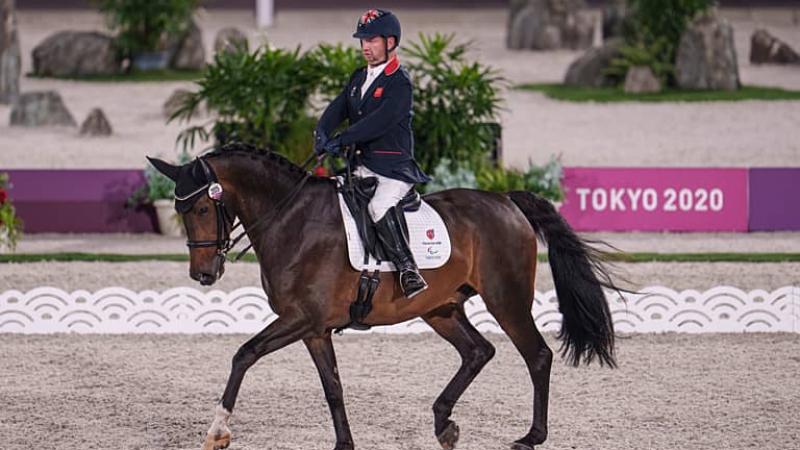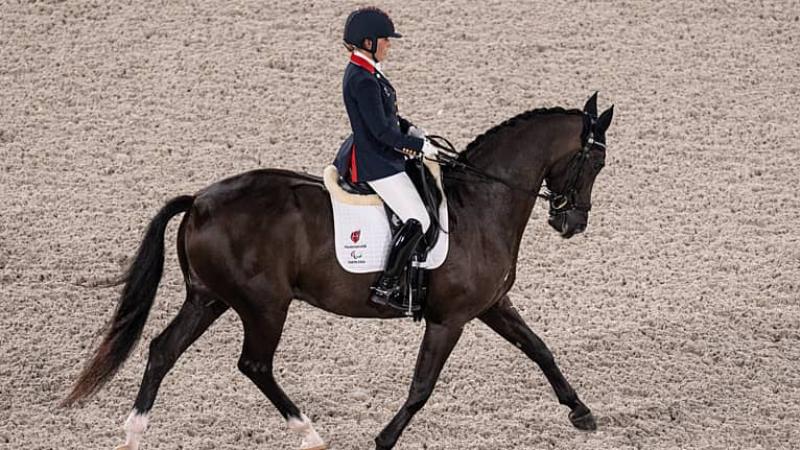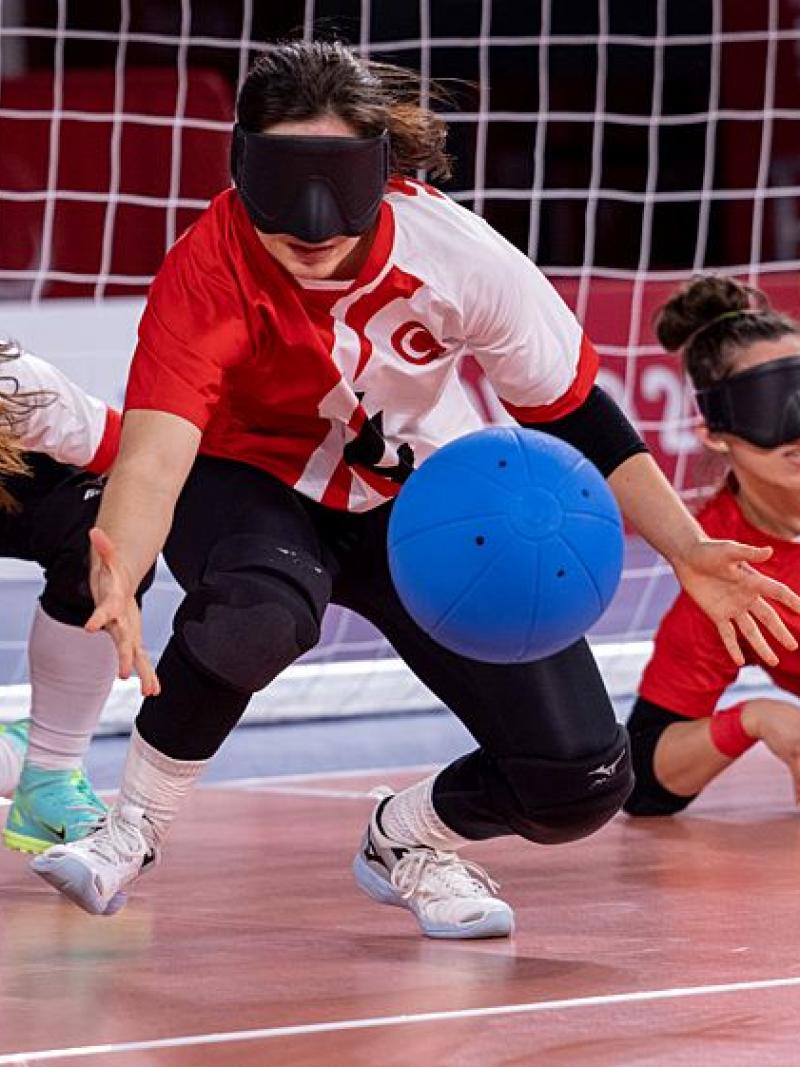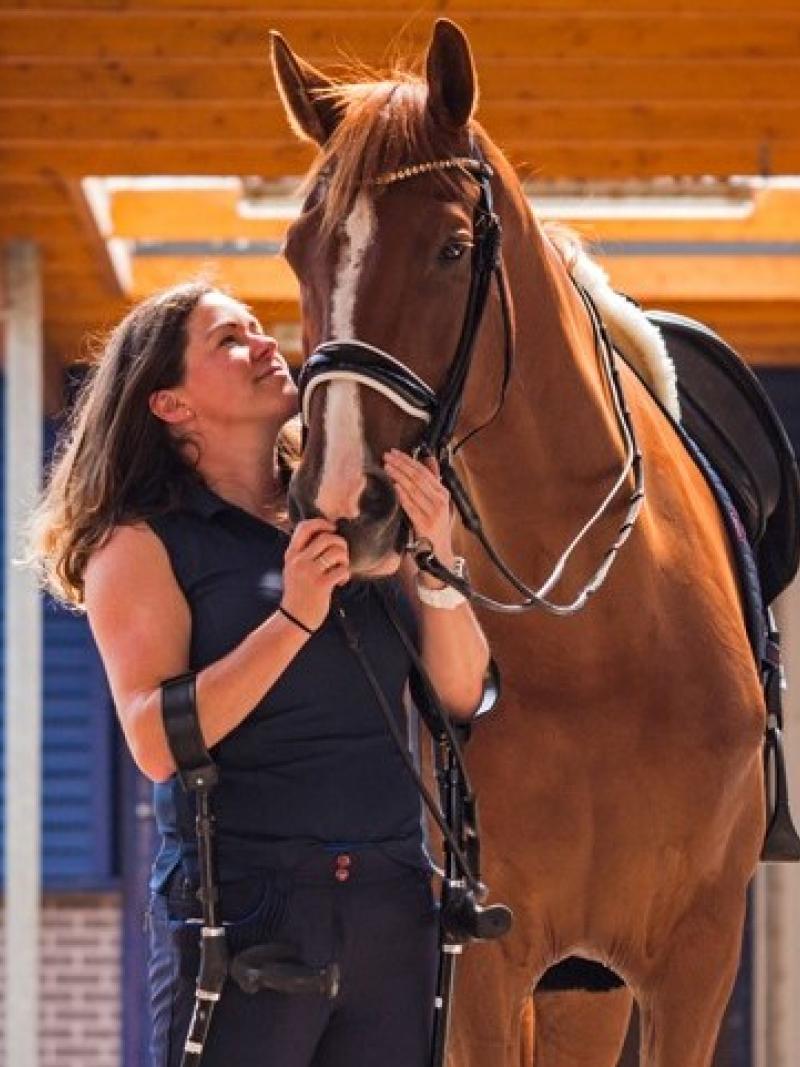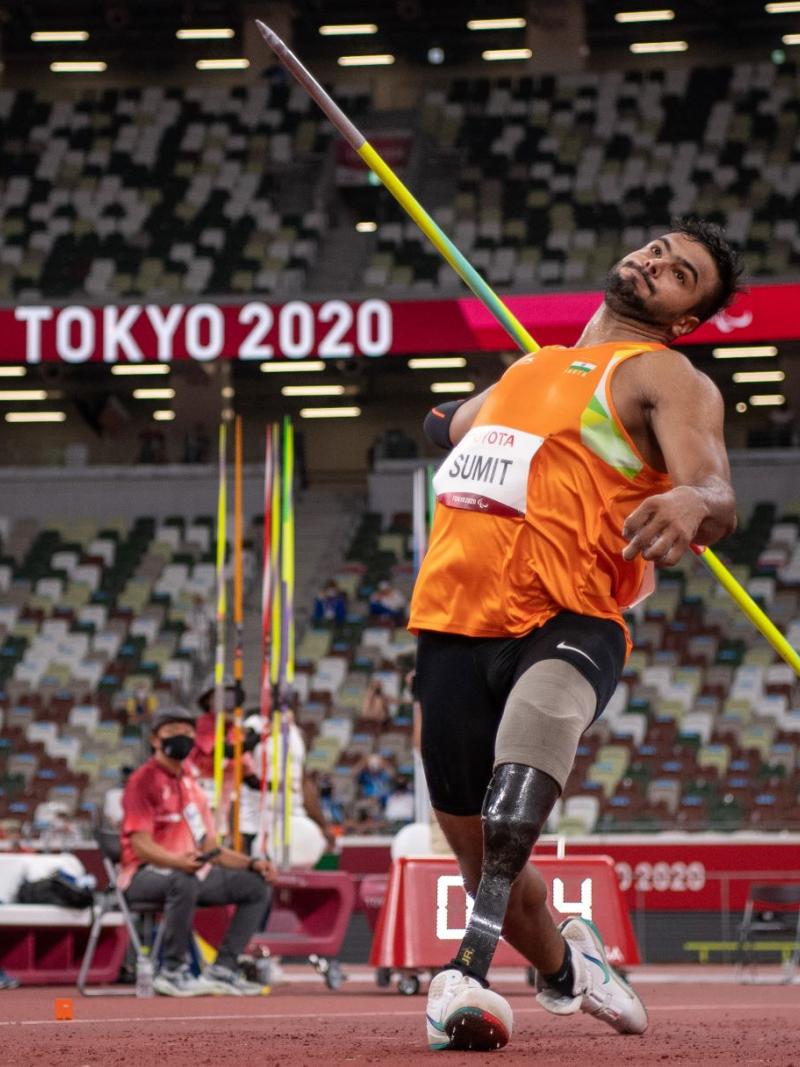Flying horses: how dressage teams travel to the Paralympic Games
From passports to perfect plane conditions, the four-legged stars of Para equestrian get VIP treatment to prime them for competition 23 Feb 2024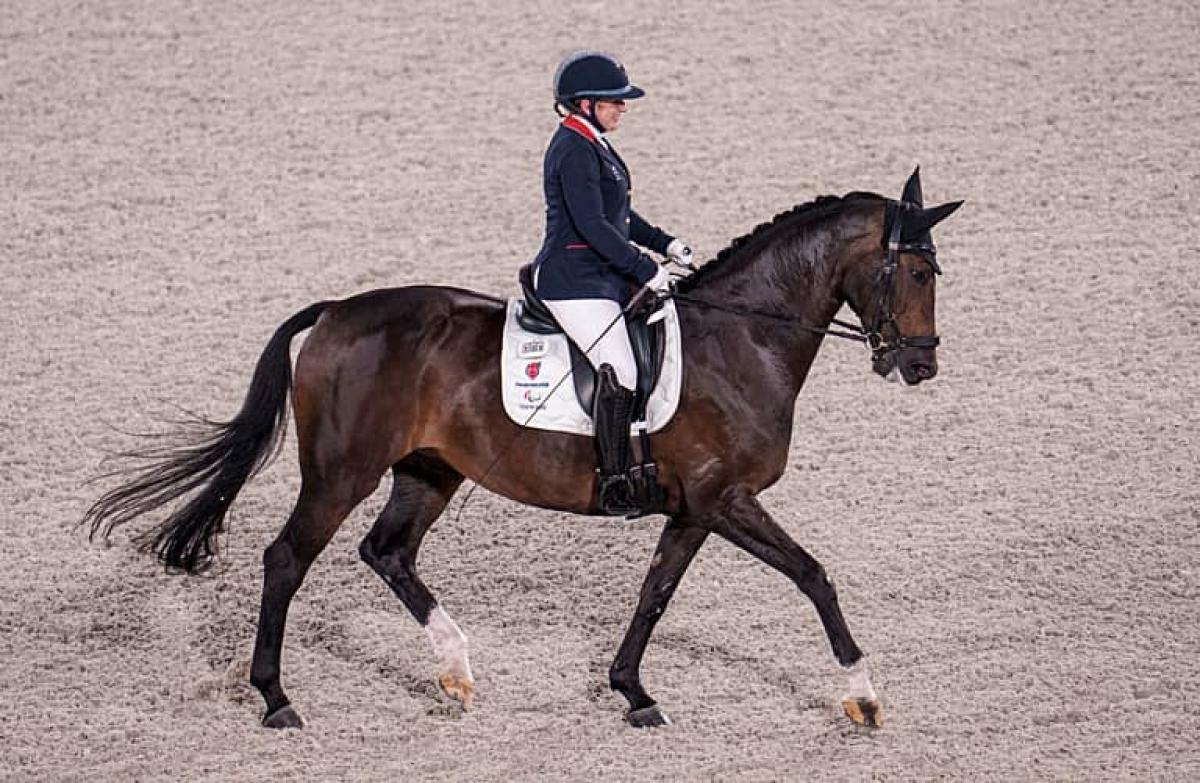
Having travelled nearly 12,000 miles [and back] for the last two Paralympic Games in Rio de Janeiro and Tokyo respectively, you would think Team GB would be relieved at just having to hop across the English Channel for Paris 2024.
Not according to Alexandra Van Tuyll, the operations and logistics co-ordinator for British Equestrian: “Horses still require a tremendous amount of paperwork,” she explained. “It was nearly easier to fly to Tokyo.”
“All our equine athletes [horses] will travel by road to the Games this summer, more than likely via the Eurotunnel,” she explained.
This in stark contrast to Tokyo 2020 when, after a seven-day quarantine at the British Showjumping National Training Centre in Leicestershire, the horses travelled by horsebox to Liege in Belgium, from where they flew to the Japanese capital.
Planes, tunnels and automobiles
Of course, many horses will still need to travel by air to get to Paris – a process during which no stone is left unturned. For a start, according to regulations, teams must provide details of “an appointed shipping agent fully experienced in all aspects of international Horse transportation”.
Horses can’t just travel on any aeroplane either, only specially adapted models. For Tokyo, the British team took a SkyCargo Boeing 777-F, which can carry a whopping 100,000 kilograms, the equivalent of eight double-decker buses.
Horses do not, as you might expect, walk up a ramp to embark the aircraft but instead are loaded, along with their equipment – such as saddles and blankets – onto a special cargo lift that takes them up to the fuselage where they will travel in stalls, normally in pairs.
But don’t worry – once on board the horses are not just left to their own devices. As Van Tuyll said, “we travel as a team, compete as a team and return as a team”.
Horses are accompanied in flight by their grooms and a team of vets. They are also given special treats like carrots and bananas, as well as haylage, an extra-moist type of hay, to keep them hydrated during the flight. And while they hope to arrive at the Games fit on and on form, they certainly won’t be ‘coming in hot’ – their flights descend more slowly and at a shallower trajectory than commercial airliners to ensure maximum safety and comfort on landing.
And the special treatment doesn’t stop there. The horses are then transported to their stables – for Paris 2024 this will be on-venue at the Palace of Versailles – in state-of-the-art lorries. As regulations state:
“Horses must be fully protected against injuries and other health risks. Vehicles must be safe, well ventilated, maintained to a high standard, disinfected regularly and driven by competent personnel.”
And if anything does go wrong? “National Federations or National Olympic Committee are responsible to ensure that each participating Horse is insured for a sufficient amount to cover any eventuality that can occurring during or in relation to the Olympic Games”.
A passport to the Paralympic Games
There is one hoop none of the teams – however they choose to travel to Paris – will have to jump through. “There is no quarantine on this occasion,” said Van Tuyll. For Tokyo 2020, with Japan still in the grips of the pandemic, authorities there not only asked athletes for proof of vaccination and to limit contacts for the 14 days before and after they arrived for the Games, but also made a pre-travel seven-day quarantine mandatory for horses.
Although there is little evidence that horses can carry and pass on Covid-19, they can spread ECoV, a highly transmittable horse-to-horse version of coronavirus, first identified in the early 2000s.
This is one of many reasons each horse is required to have a passport. It is given to them at birth and contains details like the horse’s size, any distinctive markings it has and, you’ve guessed it, vaccination and medical history.
So, we have to ask: has a horse ever forgotten their passport? “If a horse has been turned away (it’s) usually a paperwork or administration issue rather than a missing item!” Van Tuyll said. “We provide the team travelling with the horses a checklist to ensure nothing is forgotten: as you can imagine, everything is double-checked and then checked again.”
With thanks to British Equestrian





